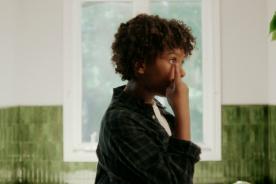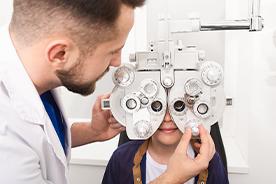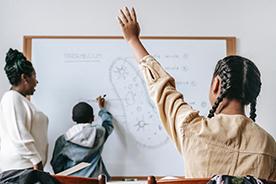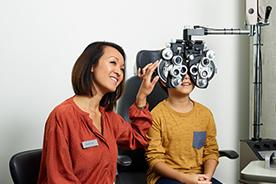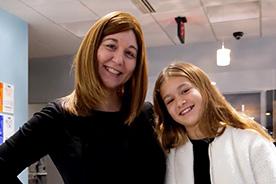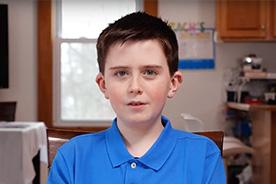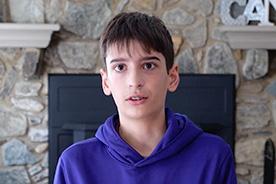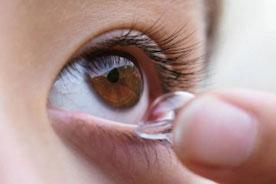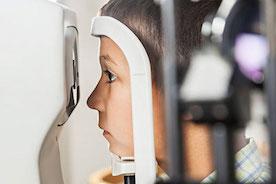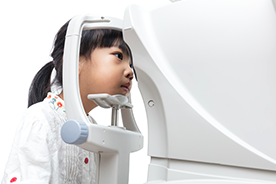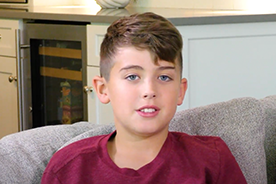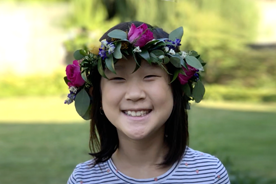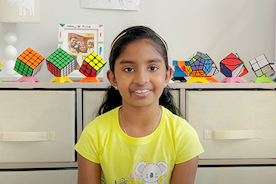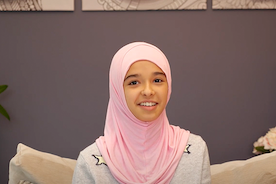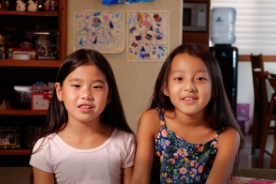Myopia, which is also known as short-sightedness or nearsightedness, is a growing problem. In fact, a recent study predicts that myopia will affect vision for nearly half of the global population by 2050.1
Myopia usually begins in childhood when the eyeball grows too long, causing blurry distance vision. The condition is caused by family history, lifestyle or both. It also tends to get worse as kids get older because their eyes continue to grow.2 This can have a significant impact on a child’s everyday life and can sometimes lead to future eye health problems. Fortunately, new research is lighting the path to improved strategies to manage myopia in children. Here’s how.
1. Put the devices away.
Data from 145 studies covering 2.1 million participants revealed that increases in myopia are driven principally by lifestyle.1 Today’s youth spend a lot of time performing near work activities, often on electronic devices. Of course it’s unrealistic to ask kids not to use these tools at all, but try to limit them so that there’s more balance in your child’s day.
2. Send kids outside.
Kids spend a lot of time indoors at home and in classrooms, so whenever possible, try to plan more outdoor activities. Researchers suggest that myopia progression may be caused by light levels,1 which may be directly related to how little time kids spend outdoors nowadays. In fact, according to the Vision Council, nearly one in four kids spend more than three hours per day using digital devices,3 when they might be better off heading outside for some good old-fashioned play. Increased outdoor activity has been shown to retard the onset of myopia by 11-34%.4 One possible reason for this is because components of sunlight activate vitamin D, which may play a potential role in eye growth.4 Also, kids are usually engaged in more distance-vision activities when they’re outside, which places fewer strenuous near-vision demands on young eyes.
3. Ask your doctor about ways to manage myopia.
Regular glasses and contact lenses can help kids see more clearly, but they do not slow down the progression of myopia, which means kids may need increasingly stronger prescriptions as they continue to grow. However, certain types of contact lenses—including soft lenses—can slow down the speed at which myopia develops.5 According to the American Optometric Association multifocal contact lenses for children with myopia can slow the progression of nearsightedness, providing a more effective and efficient treatment option.6
Controlling myopia in children is important because as their eyes grow and their myopia increases, the dependency on glasses increases. This can reduce the ability of children to participate actively in sports and other activities. Increasing myopia can also lead to eye health problems in the future.
We can’t change kids’ genes, but we can take steps to ensure that we’re doing all we can to keep them healthy.




